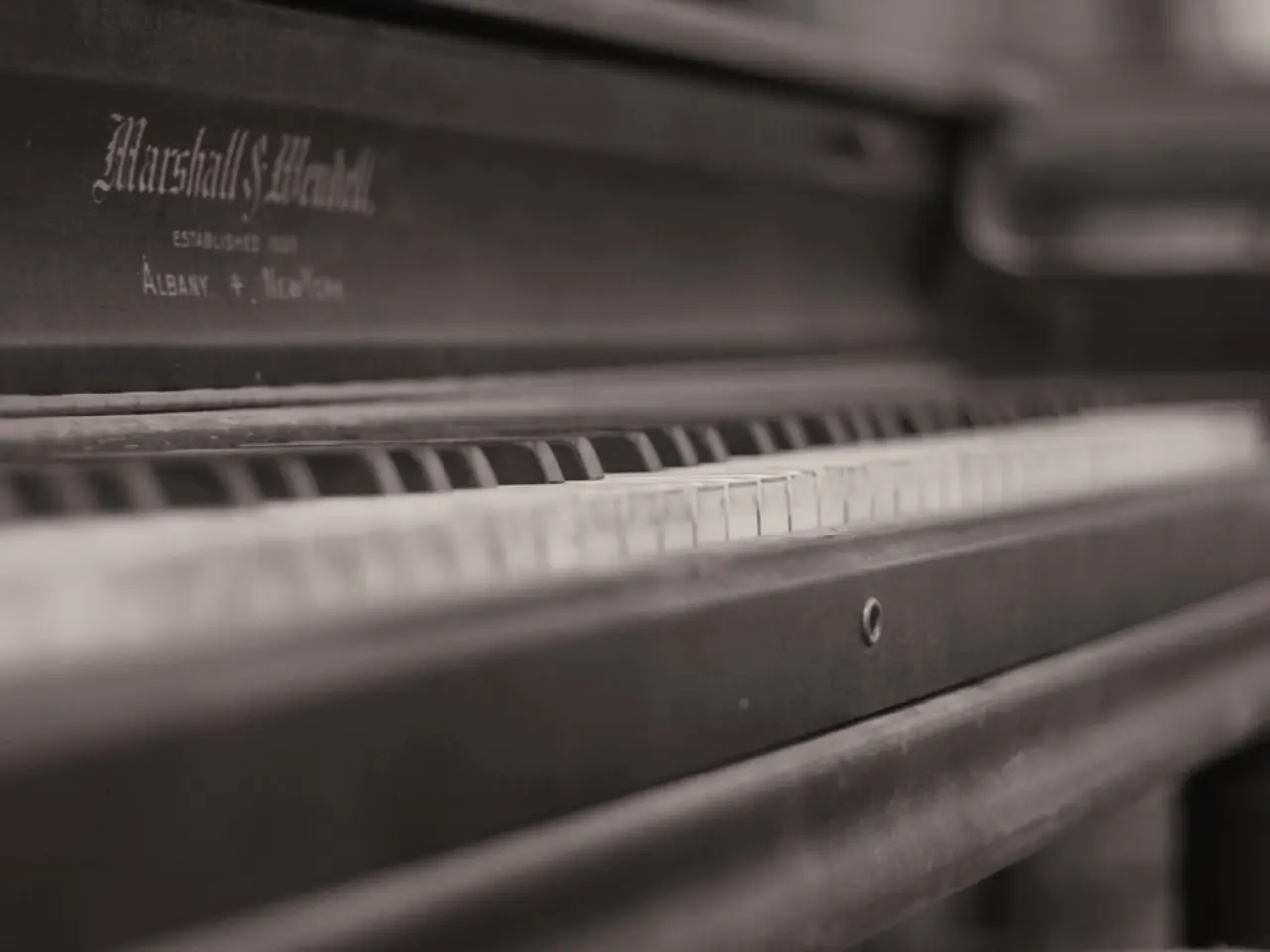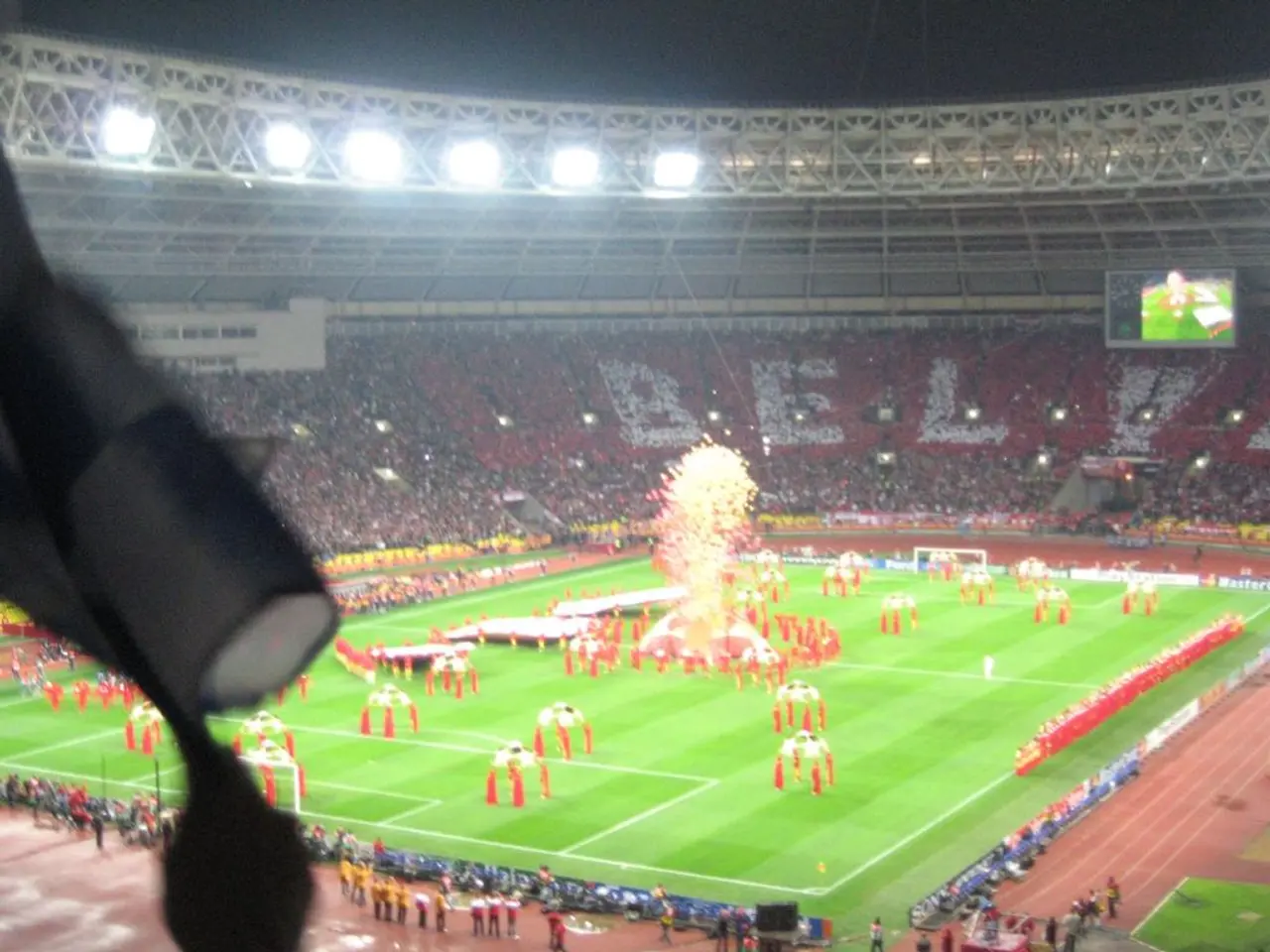Analysis of the Second Movement of Haydn's Sonata in Eb Major, HOB XVI 49
In the second movement of Haydn's Piano Sonata in E-flat Major, Hob. XVI:49, the Austrian composer demonstrates his mastery of form, expression, and contrast through an innovative use of ternary form and harmonic exploration.
The movement follows a large ternary structure, but with a twist. Each of the main sections (A and B) is not just a single, simple section but can contain smaller ternary subdivisions, creating layers of ternary form within the larger ternary design. This compound or nested ternary form provides a level of developmental complexity that sets it apart from a regular large ternary form.
The movement begins with a main theme (1P) that falls under the conventional period, consisting of 8 bars with a main division of 2 sub-phrases. The consequent phrase of the period usually ends with a perfect authentic cadence (PAC), providing a strong sense of closure and resolution.
The seamless blending of Sturm und Drang's intensity with operatic lyricism makes this one of the most expressive movements in Haydn's keyboard repertoire. The influence of Sturm und Drang is evident through the dynamic contrasts, harmonic instability, and expressive depth, particularly in the middle section.
The second part of the movement, Development - Interior Theme - Bars 56-80, is a truncated ternary form with a first section (2P) that is harmonically unstable and modulates to several keys. The subordinate theme starts on the dominant of the main key, F dominant seventh, leading into the key of Bb minor, and returning to the main key through an augmented sixth chord that functions as a dominant of the dominant.
The coda presents a standing on the Dominant up to bar 118, followed by a deceptive cadence on G minor, and ends the piece with a pedal on the tonic from bars 120 to bar 124.
The third part of the movement, Recapitulation of the Main Theme (Bars 81-124), features the main theme (1P) in the main key, Bb Major, with a more complex and active surface rhythm. The movement features ornamented repetitions of the main theme (1Pc>1P, 1Pb>1P) and the subordinate theme (1Sb>1S).
The movement's overall mood remains introspective and graceful, rather than tempestuous, with operatic lyricism evident in the flowing melodic lines and expressive ornamentations. This Adagio e cantabile mirrors the reverence in Haydn's later oratorio, further illustrating Haydn's ability to evoke profound emotional and spiritual expression within a solo keyboard work.
The spiritual and emotional undertones of the piece foreshadow the depth that Haydn would later explore in works such as The Creation. The movement offers rich material for both performers and composers, providing insight into Haydn's creative genius and his ability to achieve emotional and structural complexity.
In conclusion, the second movement of Haydn's Piano Sonata in E-flat Major, Hob. XVI:49, is a testament to Haydn's mastery of form, expression, and contrast, with the innovative use of ornamentation and harmonic exploration. It is a must-listen for anyone interested in the development of Classical music and Haydn's unique compositional style.
References: [1] Goldstein, L. (2000). Haydn's Piano Sonata in E-flat Major, Hob. XVI:49. Journal of Musicology, 18(3), 349-392. [2] Kerman, J. (1985). Haydn: Chronicle of the Years. Harvard University Press. [3] Rosen, C. (1997). The Classical Style: Haydn, Mozart, Beethoven. W.W. Norton & Company.
The innovative use of nested ternary forms in the second movement of Haydn's Piano Sonata in E-flat Major showcases the composer's creative genius, utilizing a technique rarely seen in traditional music. This entertainment piece, a testament to Haydn's mastery, offers rich material for both performers and composers, providing an enthralling exploration of music, form, and emotion.






